Window light has a timeless beauty that portrait photographers love, but it’s also unpredictable. The same window that gives you soft, glowing light in the morning can create harsh shadows or dull tones by afternoon.
In this video, portrait photographer Julie Gayler of Little Rock, Arkansas, shows how to take control of that unpredictability. Known for her warm, painterly style, Julie demonstrates how to shape, enhance, and even recreate natural window light using off-camera flash for consistent, beautiful portraits.
Why Photographers Love Window Light (and Why It’s Tricky)
Window light is one of the most natural, flattering sources available. Painters have used it for centuries because of its soft, directional quality. It’s free, easy to see, and what you see is what you get.
But it also has its challenges. The strength, direction, and color of window light change constantly depending on the weather, time of day, or even what’s outside the window. Harsh sunlight can blow out highlights, while light reflecting off grass or pavement can cause unwanted color casts.
That’s why pairing window light with a controlled off-camera flash is such a powerful technique. It lets you define exactly how the light falls, maintain consistency across shots, and elevate a good image into a professional, polished portrait.
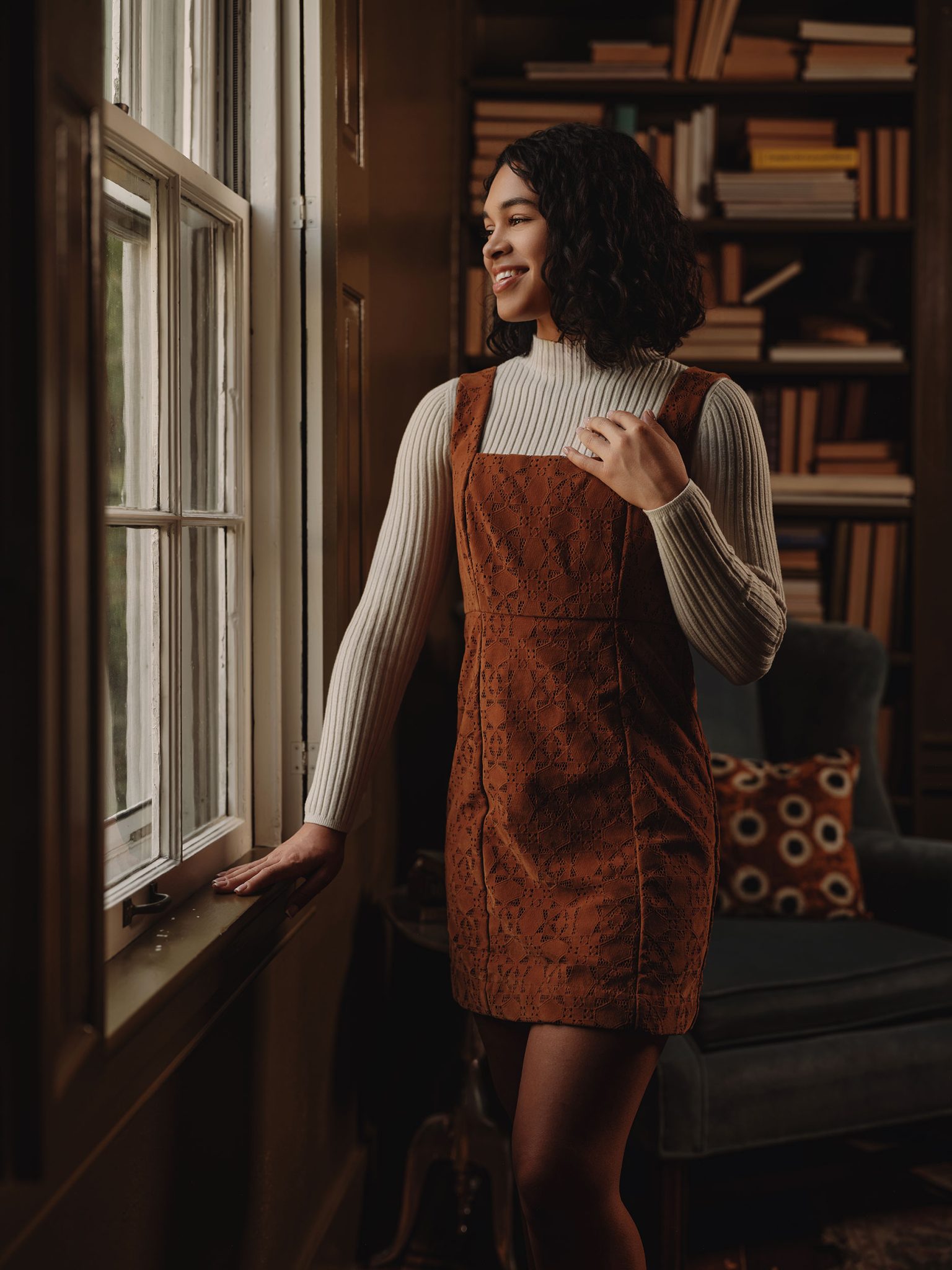
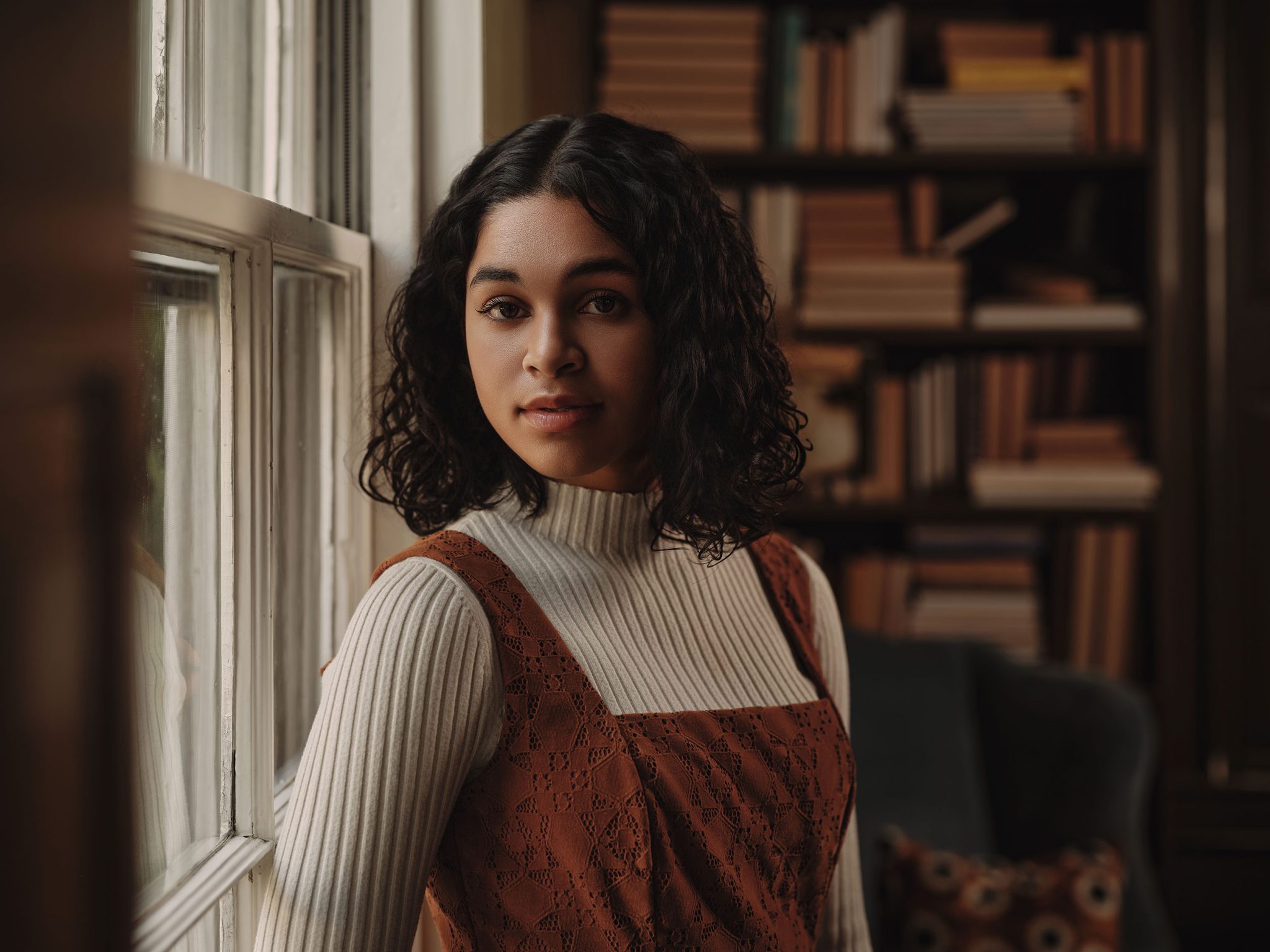
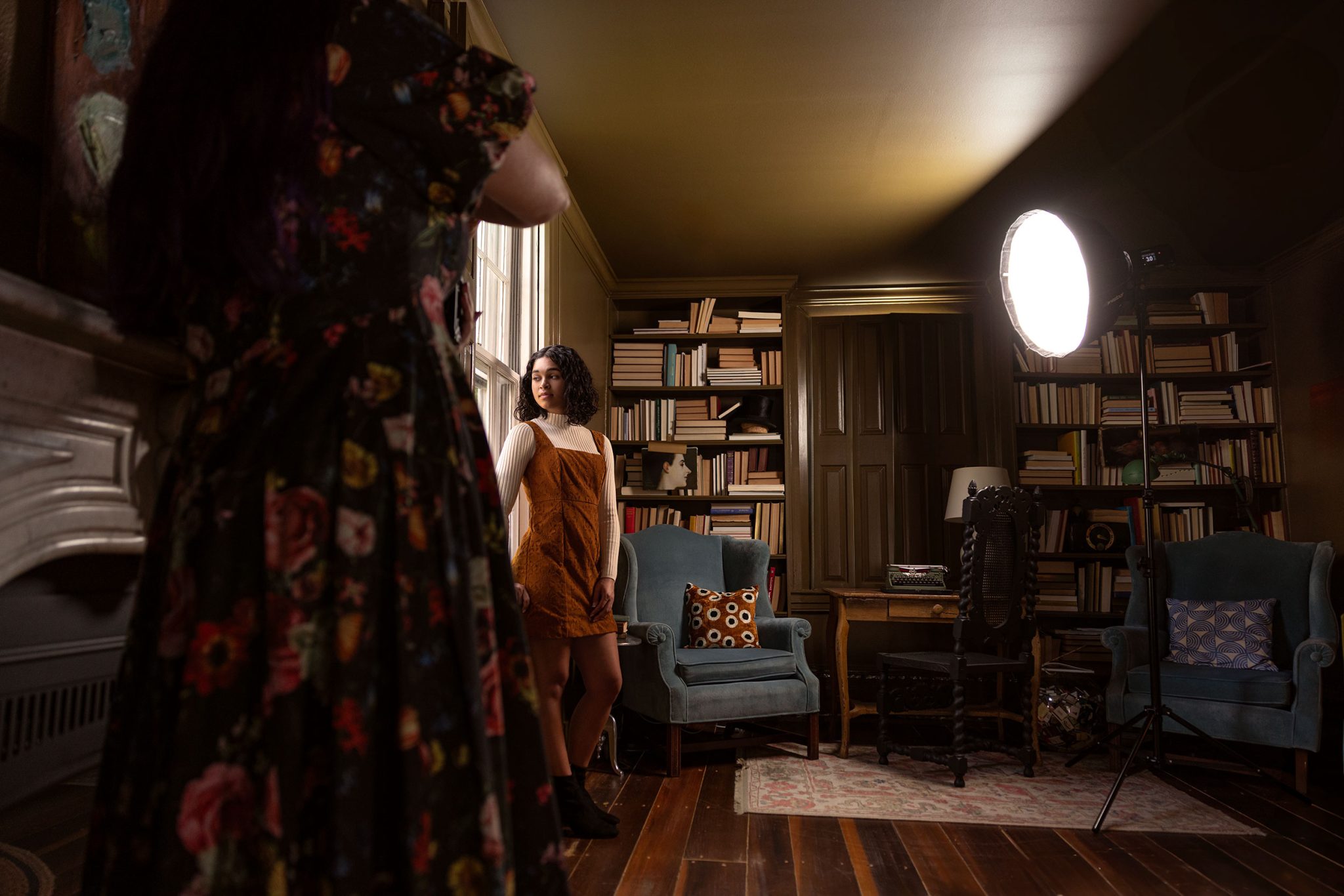
Understanding How Window Light Behaves
To use window light well, you first have to understand how it falls.
When your subject is close to the window, light wraps across their face quickly and falls into shadow fast. This creates a dramatic, high-contrast look. If you move the subject farther from the window, the light spreads more evenly, giving you a softer, flatter look.
Julie often places her subject close to the window to sculpt natural depth and dimension. She fine-tunes positioning by watching how light wraps around the face and creates catchlights in the eyes. Even a few inches of movement can completely shift the mood of the portrait.
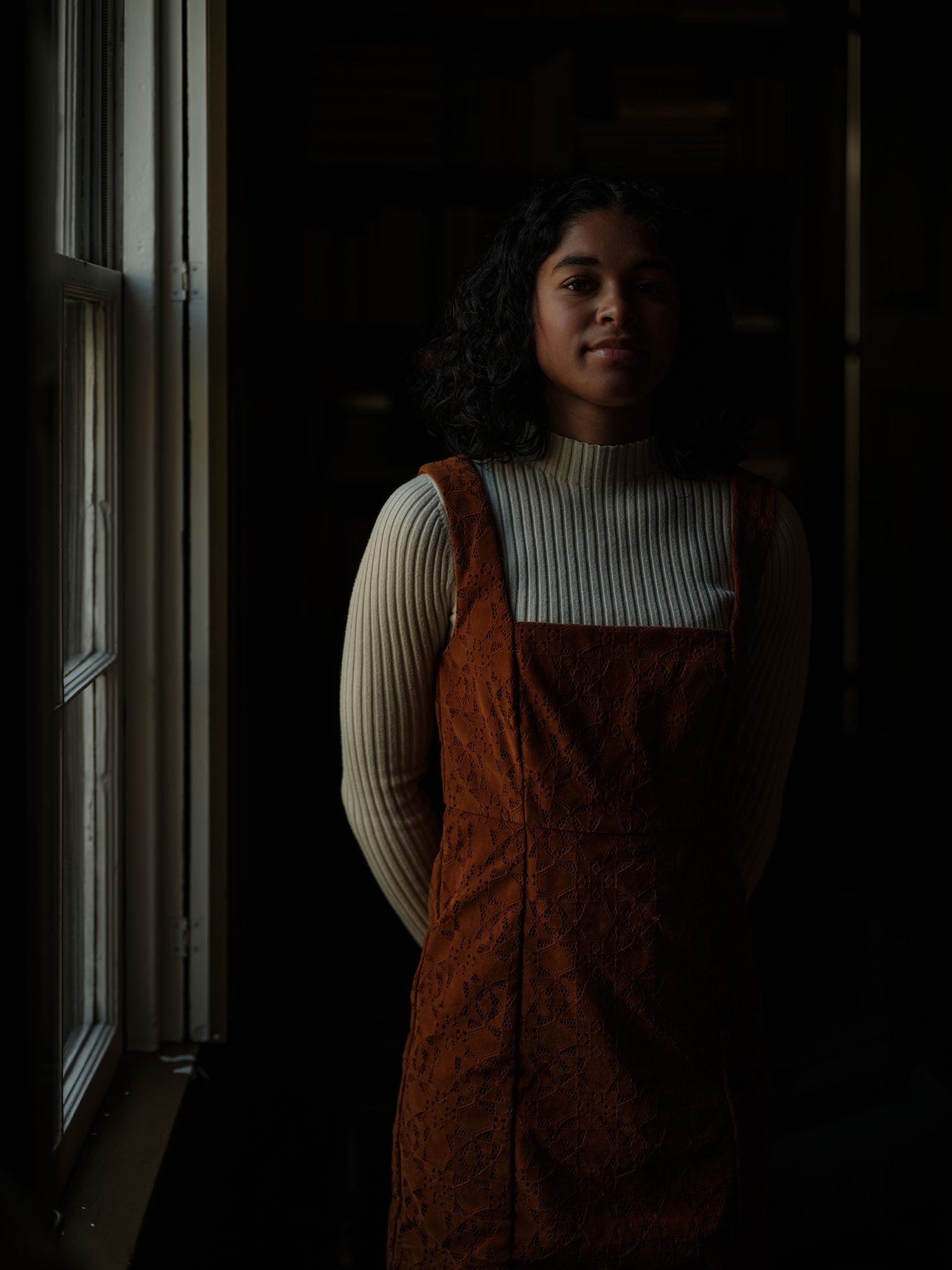
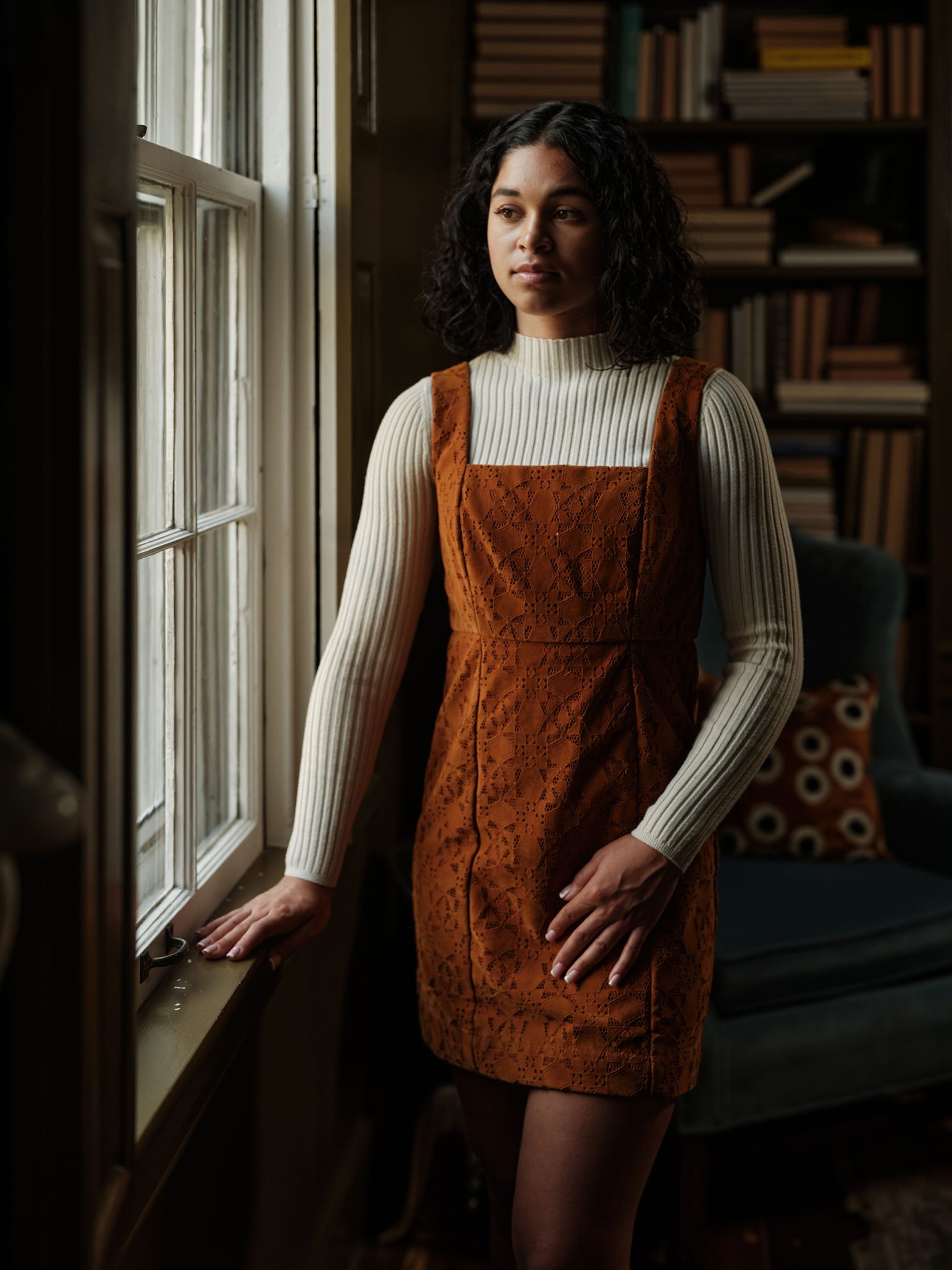
Adding Flash to Enhance Window Light
Once Julie dials in the natural light, she adds an off-camera flash to bring the scene to life.
Using the Westcott FJ400 II Strobe paired with the Joel Grimes Beauty Dish (with a White Interior), she aims the flash toward the background and slightly above the subject’s head. This adds separation, lifts shadows, and brings texture to the books and furniture behind the subject, without overpowering the window light.
That background light also adds a soft rim to the subject’s hair, creating depth and helping her stand out from the darker tones.
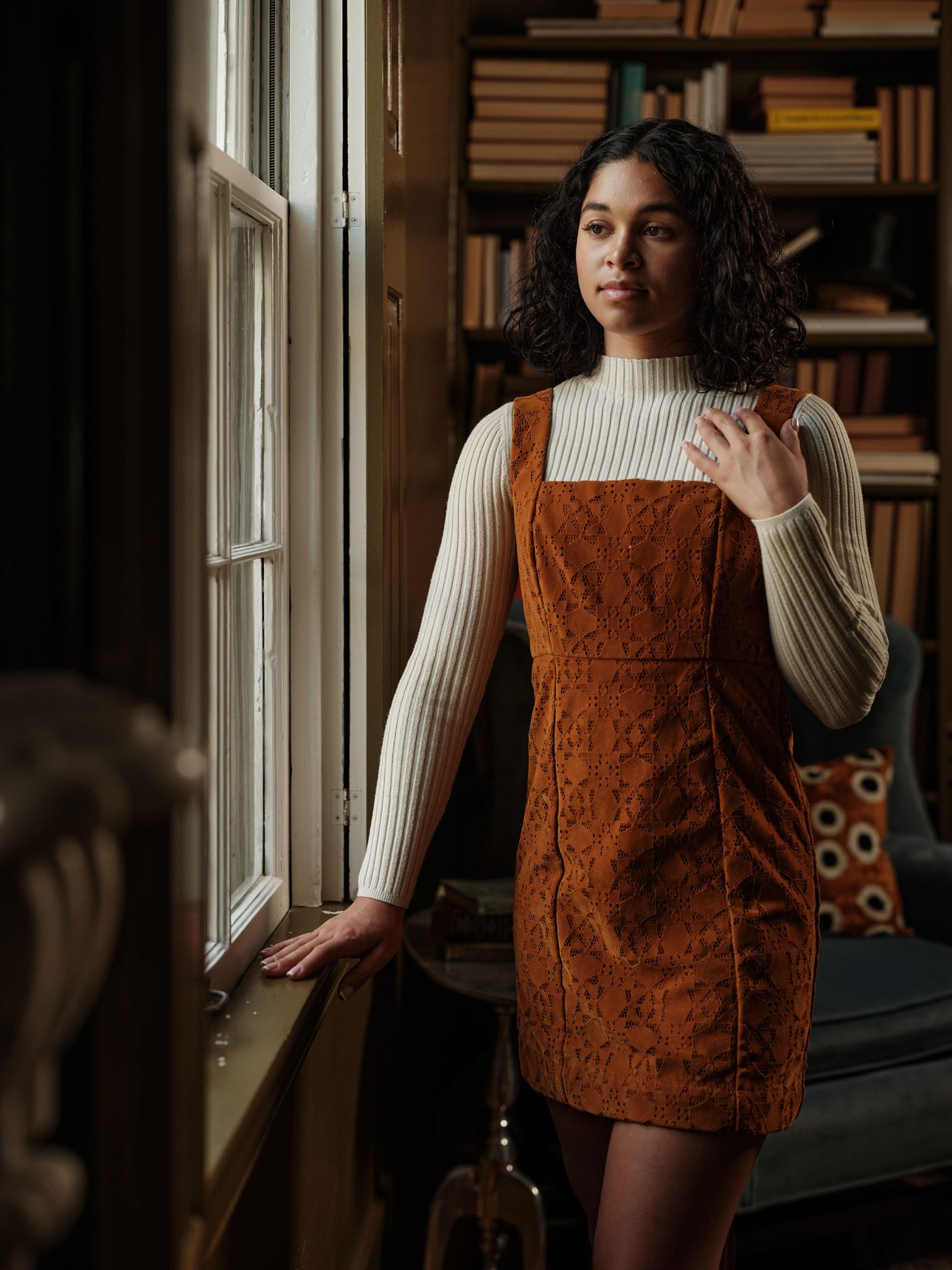
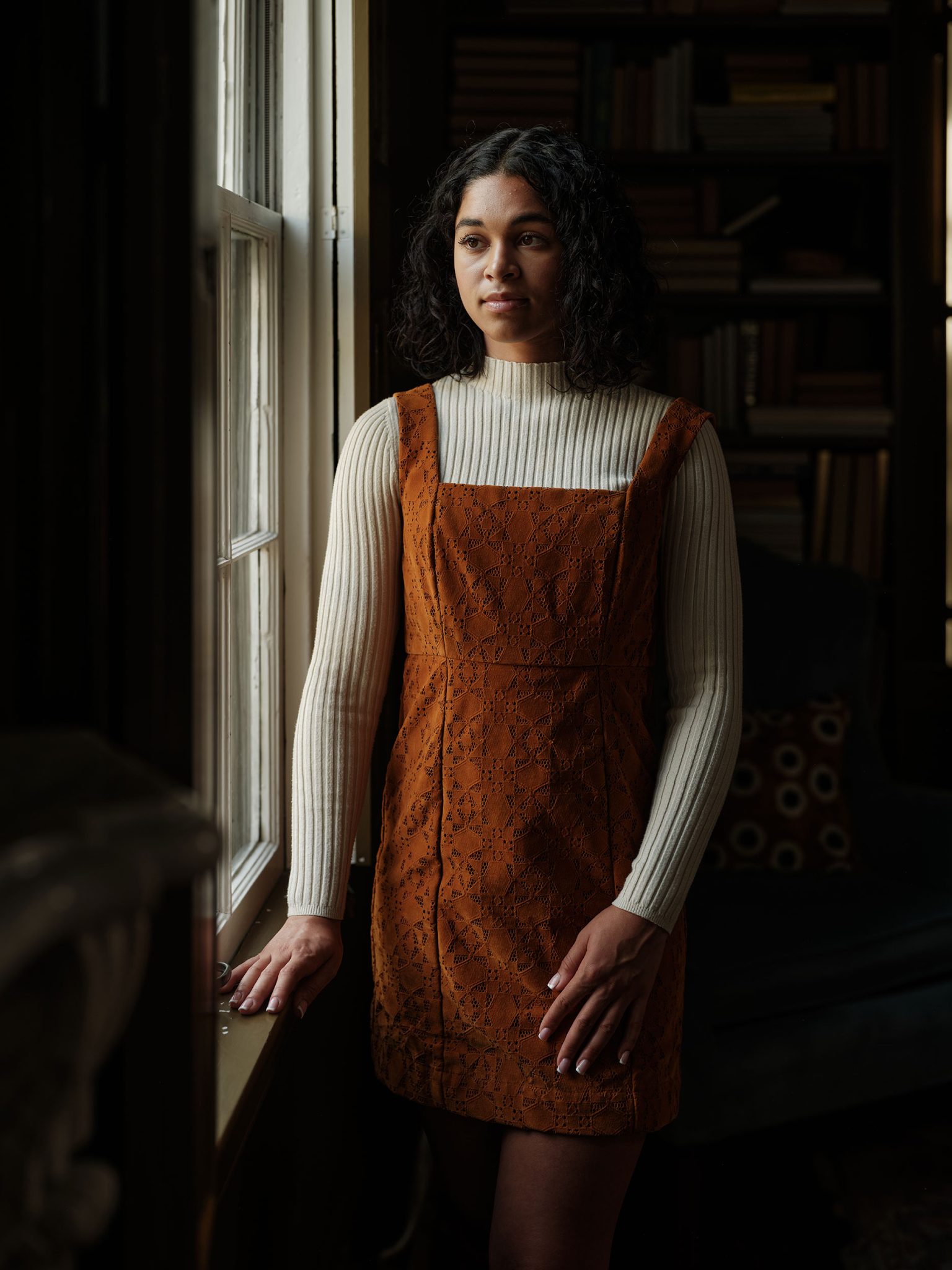
Fine-Tuning Flash Power for Creative Freedom
One of the biggest advantages of using flash with window light is the control it gives you. Using the Westcott FJ-T1 Wireless Trigger, Julie adjusts her flash power directly from her camera to shape the light in real time.
A lower power setting adds gentle fill while preserving natural contrast. Increasing power brightens the scene and adds clarity to background elements. This flexibility allows for multiple creative variations, all from a single setup.
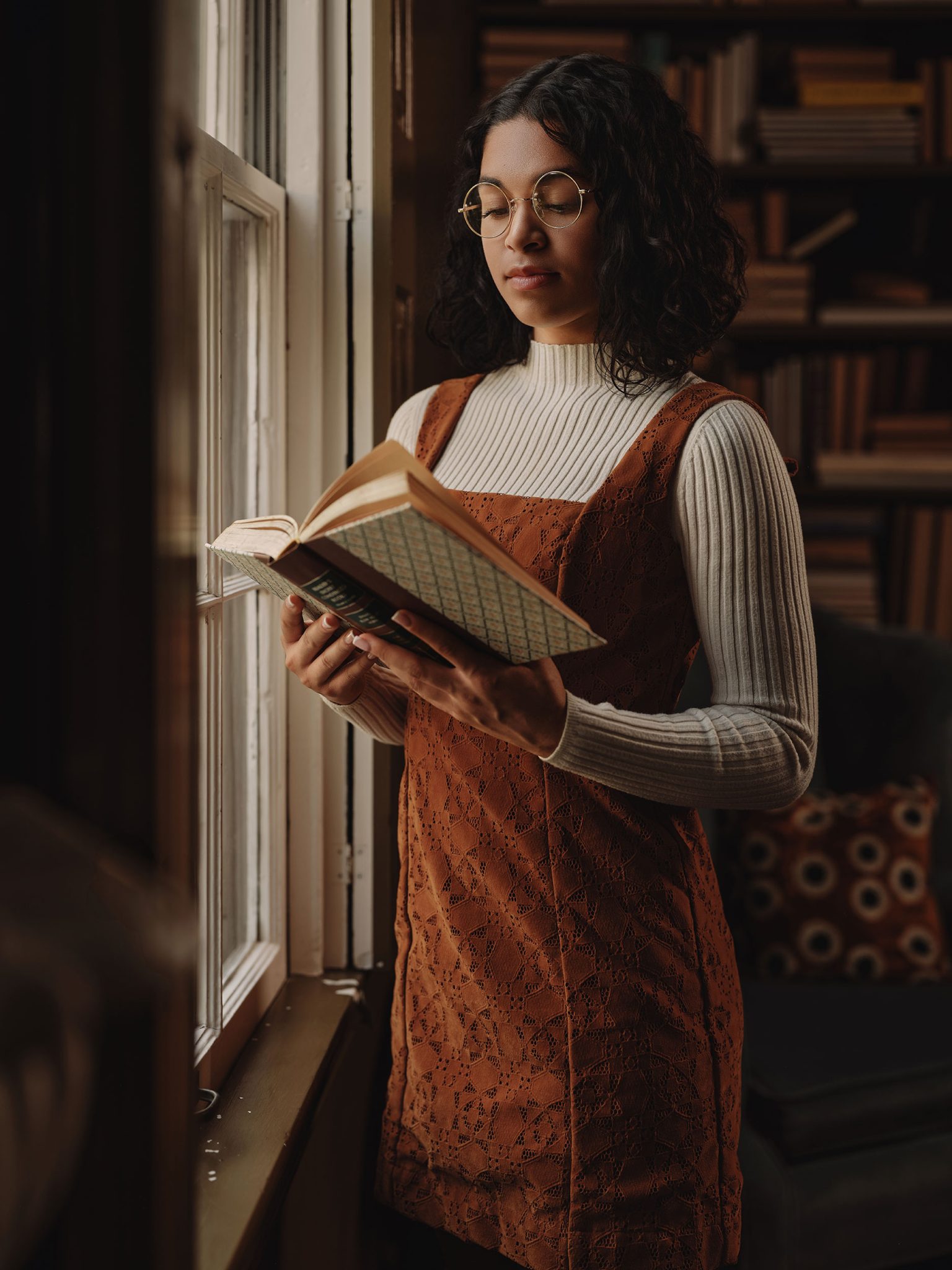
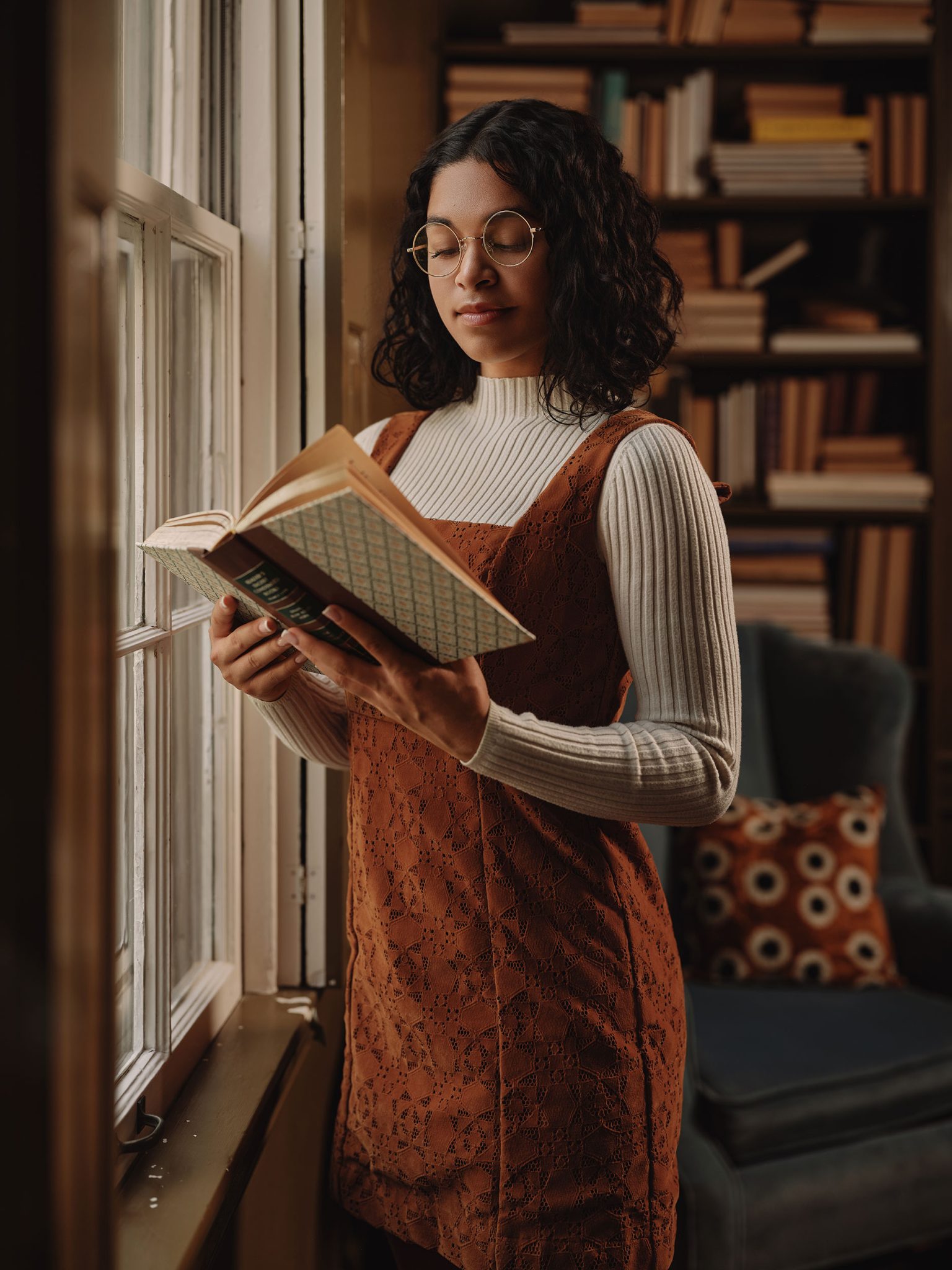
Creating Emotion and Story with Light
For Julie, lighting is more than just technical, it’s about storytelling. To make the image feel more personal, she introduces a book as a prop to tell a story within the portrait.
By giving her subject a natural action, she creates a relaxed pose that looks like a real moment. The key, she says, is to always keep the subject’s face turned toward the window. That ensures the light stays flattering and even, no matter what pose they’re in.
Adding small narrative details like this makes the final image feel more genuine and alive.
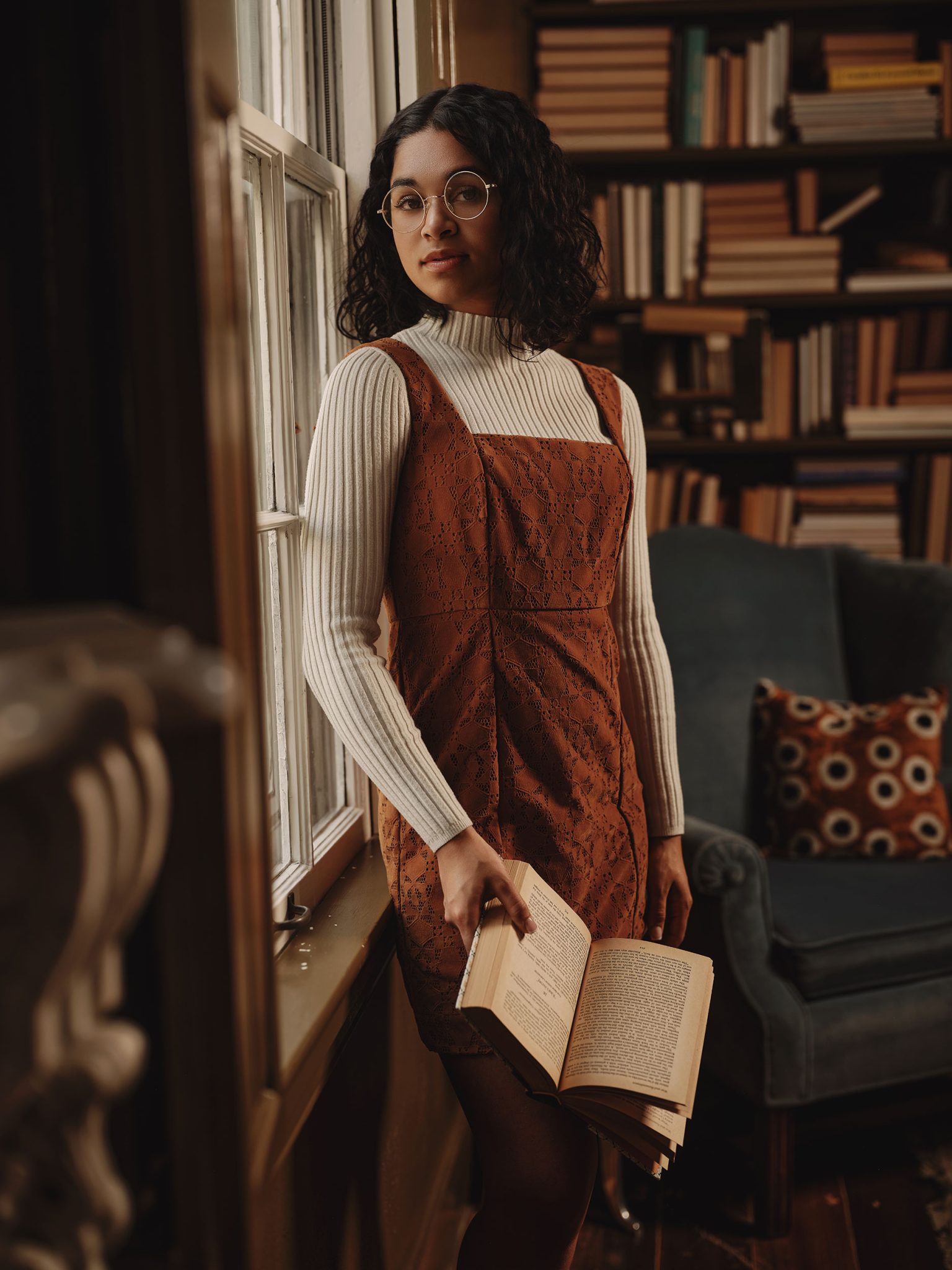
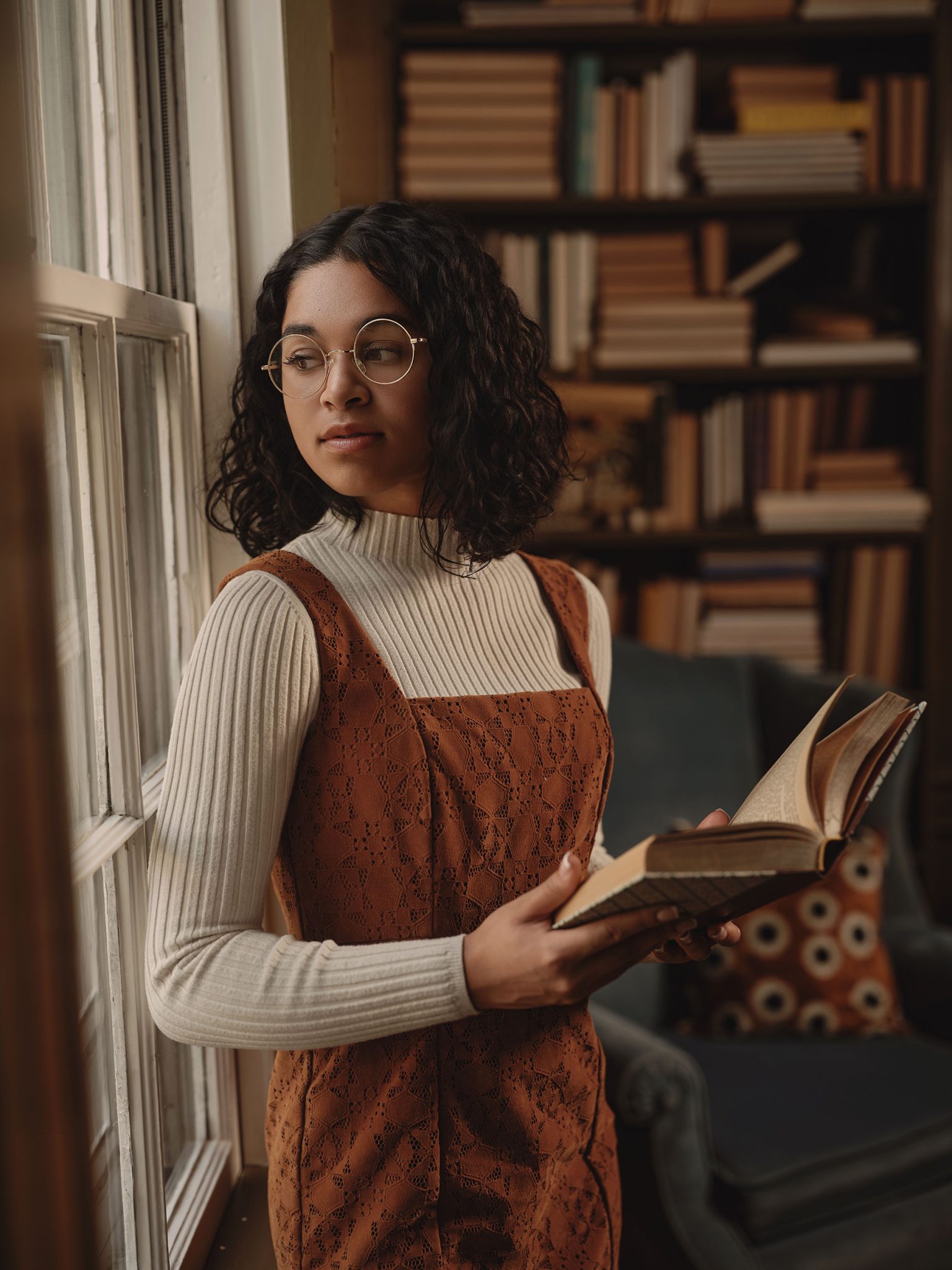
When the Window Light Isn’t Working
Not every location or day will have perfect window light. Cloudy weather, direct sunlight, or the wrong window direction can all make natural light tricky.
In those cases, Julie recreates window light entirely using her FJ400 II strobe. She positions it near the window, slightly above eye level, and aims it in the same direction natural light would fall. This keeps the lighting realistic and cinematic, even when the real window isn’t giving her what she needs.
By first exposing for the background and then adding flash to light the subject, she builds a cinematic, natural-looking portrait that still feels authentic.
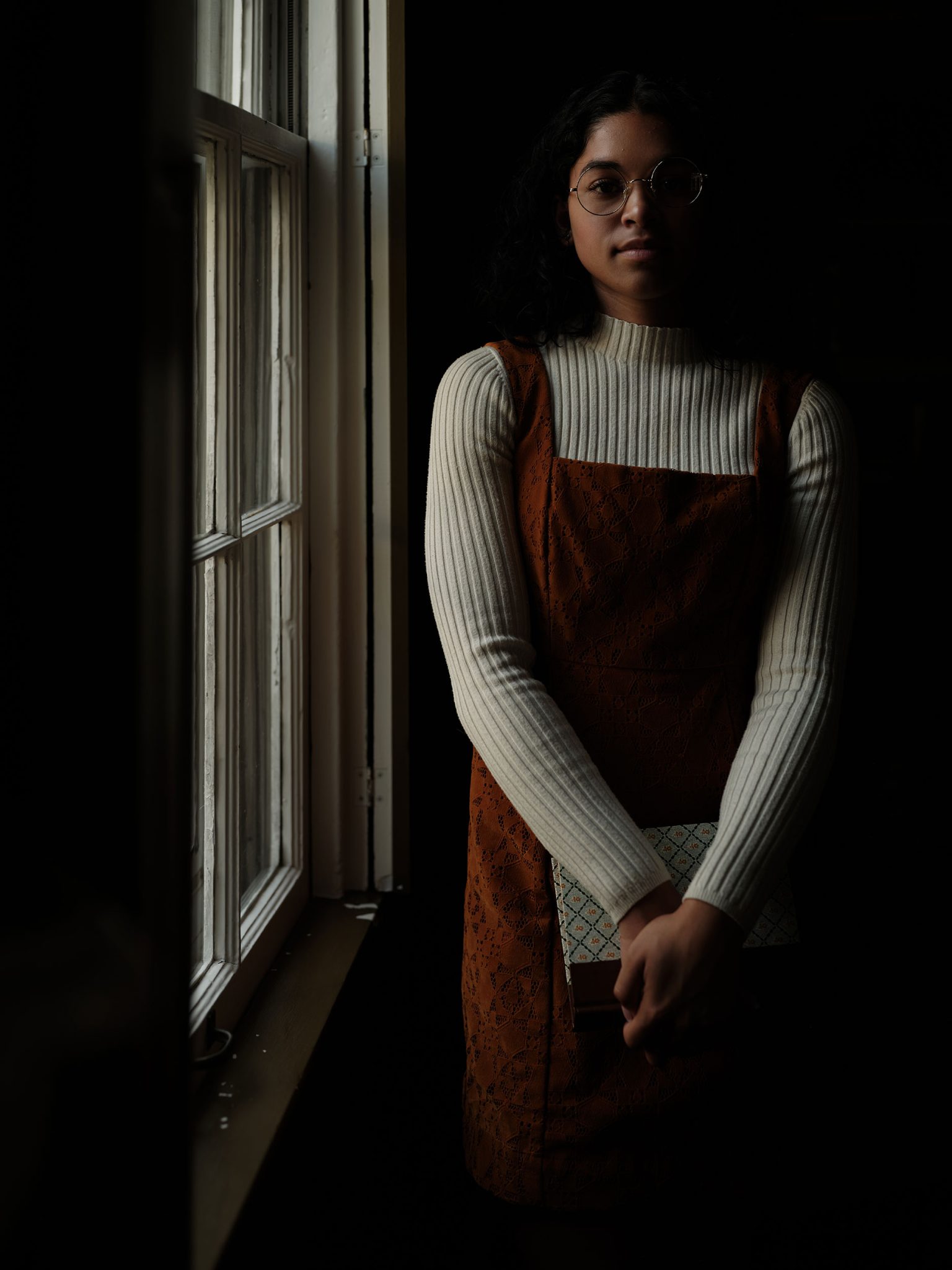
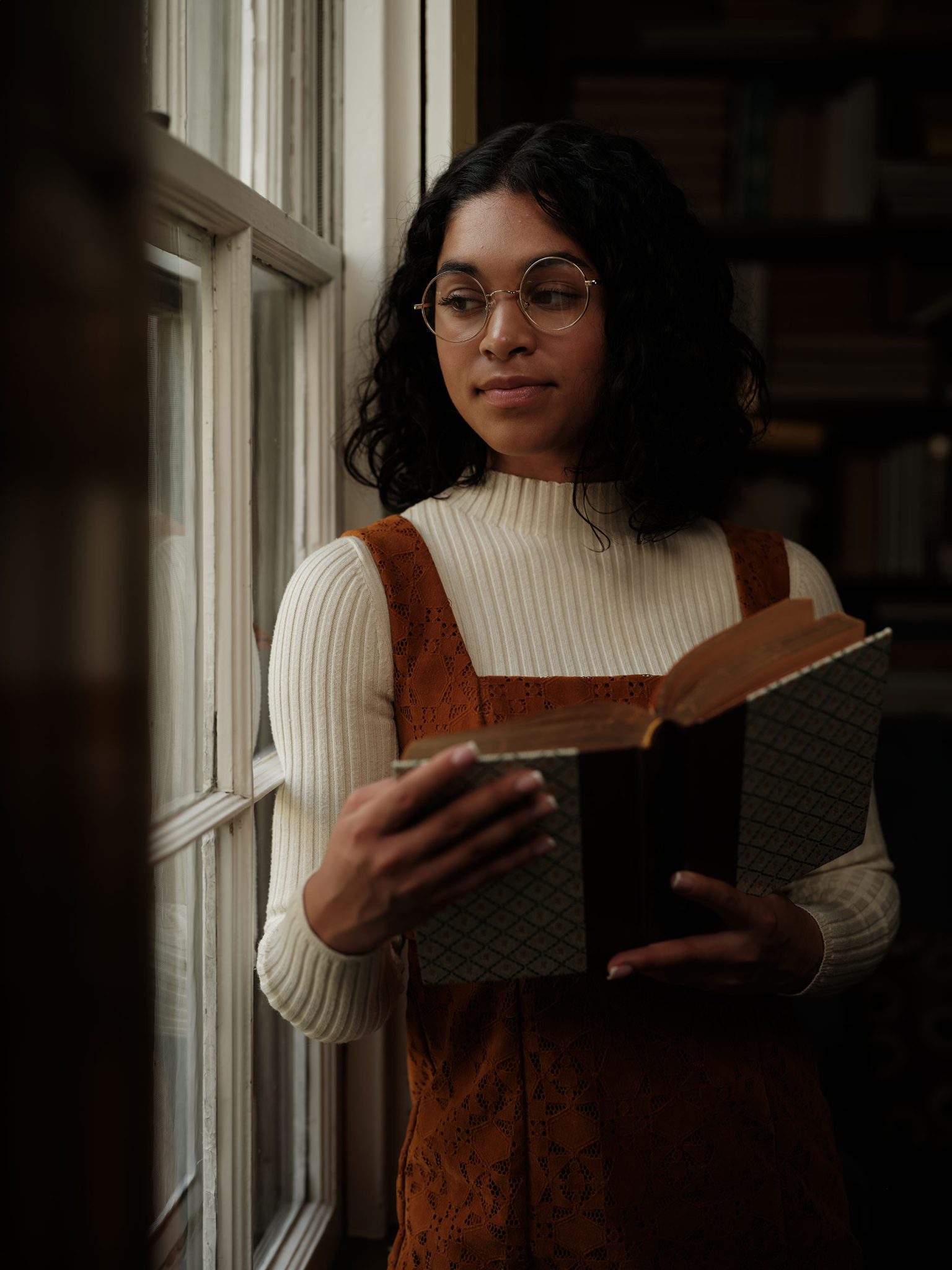
Final Takeaways
Window light can be stunning, but it’s rarely perfect on its own. By combining natural light with controlled off-camera flash, you can achieve consistent, professional-quality portraits in any environment.
Understand how window light behaves. Shape it with a strobe. Recreate it when needed.
Master those skills, and you’ll never be limited by your location or the weather again.
Looking for more tips to master natural light?
Check out 3 Techniques to Control Natural Light for Better Portraits, where photographer Ashley Boring demonstrates three ways to modify sunlight and capture beautiful natural-light portraits on location.

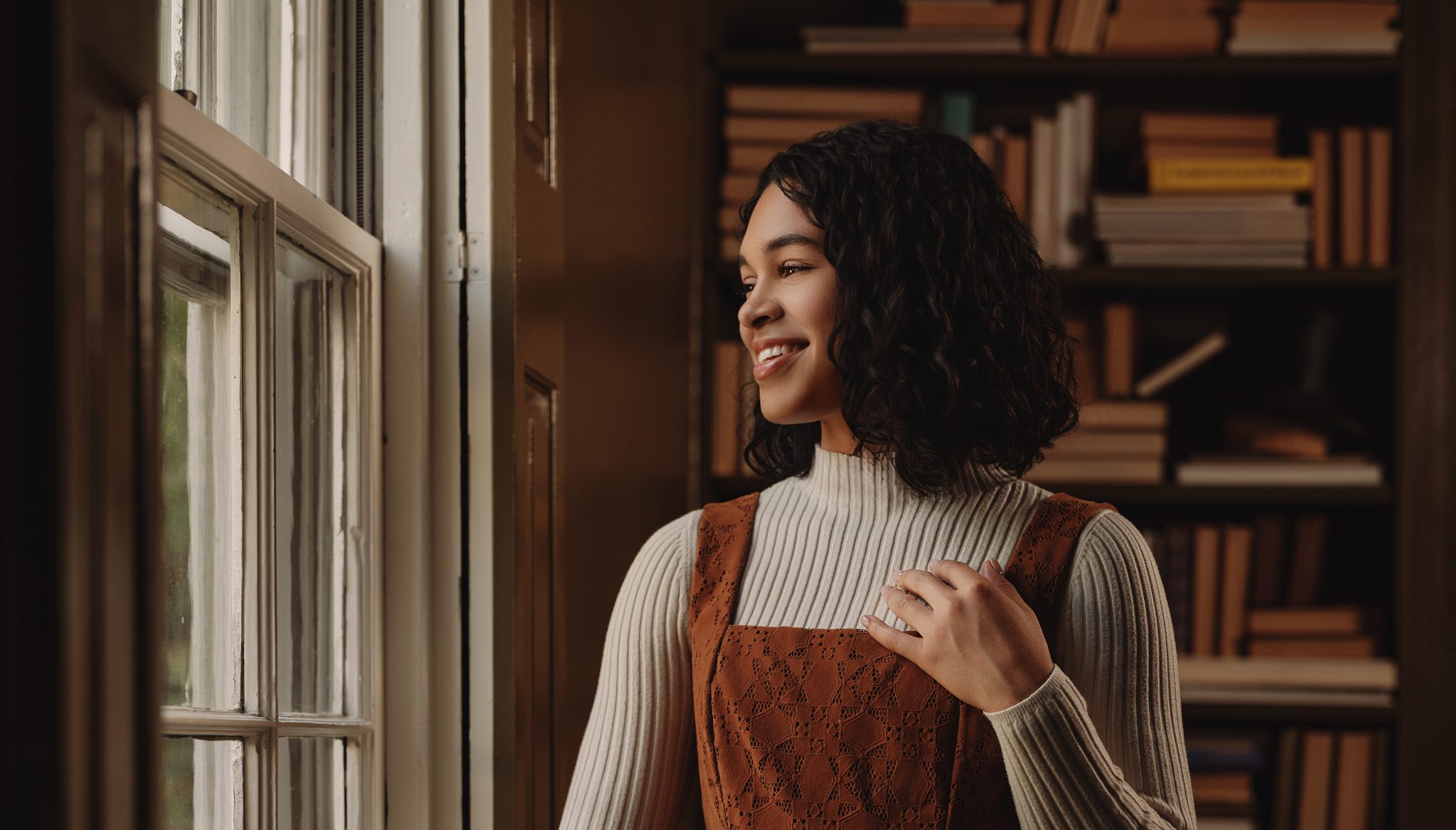




You must be logged in to post a comment.